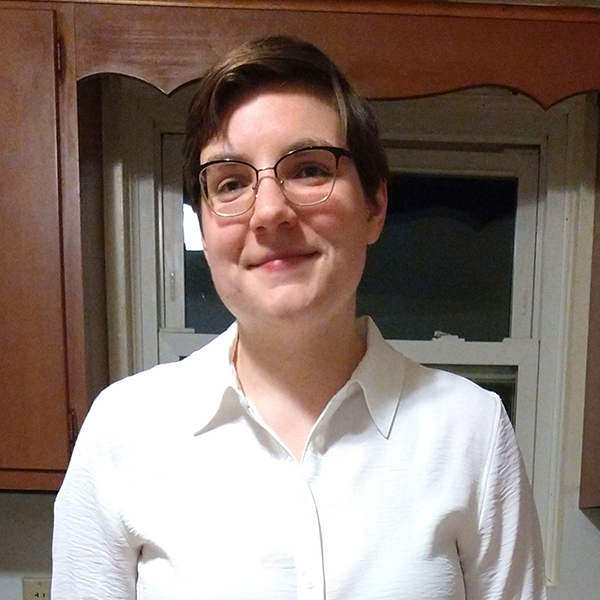
Using Computational Methods to Study Changes in the Fundamental and Overtone NH Stretches due to Solvent Effects

Name: Sarah Mullen
Major: Chemistry
Minor: Mathematics
Advisors: Dr. Karl Feierabend, Dr. Sarah Sobeck (second reader)
Computational chemistry uses computer simulations to solve chemical problems. However, to obtain significant accuracy, calculations must run for long spans of time, proving them computationally costly. This project aimed to evaluate whether an attribute of solvent, specifically solvent polarity, causes computational results to deviate significantly from experimental results. Infrared spectra of 2-oxindole, the molecule of interest, was collected in three different solvents, cyclohexane, benzene, and chlorocyclohexane, as they vary in polarity. The NH bond of 2-oxindole, specifically its vibrational properties, was of specific interest in this project, as its fundamental and first overtone frequencies were studied. A calculation with low computational cost called a harmonic frequency calculation was initially done. Then, two computational methods that are more costly, but have shown more accuracy were performed. These two methods were second order vibrational perturbation theory (VPT2), and the Numerov Method. The calculated fundamental and overtone stretches were then compared to the experimental data. This comparison showed that the VPT2 method was most accurate, followed by the Numerov method, then the harmonic frequency calculation. However, the data comparison showed that the Numerov method follows the expected solvent trends, whereas the other methods deviate from the expected trend. Future work could include using different solvent models or expanding to different computational methods.
Posted in Comments Enabled, Independent Study, Symposium 2022 on April 26, 2022.
4 responses to “Using Computational Methods to Study Changes in the Fundamental and Overtone NH Stretches due to Solvent Effects”
Related Posts
Related Areas of Study
Mathematics
Numbers + patterns + structures multiplied by a zest for analysis and inquiry
Major MinorChemistry
Access to labs, research opportunities, and small classes give chemistry majors lots of options after graduation.
Major Minor


Great job Sarah!
Cool comparison of computational methods, Sarah! Best wishes for your future work in computational chemistry at Virginia Tech.
Needless to say, we are VERY proud of all you have accomplished!
Sarah, I am so proud of you for never giving up on this project even when the science decided the give you a hard time. It has been wonderful to share a lab space with you and get to know you better throughout the process of IS. Excellent work!!